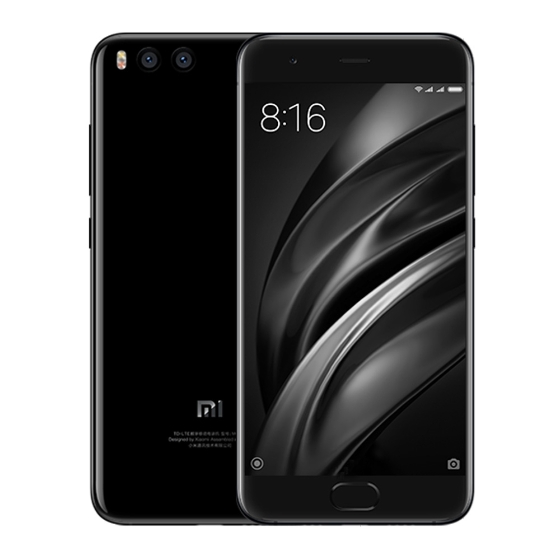Unlike OnePlus and Huawei, Xiaomi has yet to become a household name outside of its native China. But although Xiaomi’s devices may not be so easily available in Europe and America, some of them are certainly worth hunting down.

Xiaomi 6 Mi6 – Design
The Xiaomi 6 Mi6 is an iteration of the design first seen with the company’s Mi 5 phone last year, and considering that handset was a pleasure to hold and use, this is far from an issue. In fact, the Mi 6 is one of the only Android Phones flagships – aside from the Huawei P10 – to stick with a fairly small 5-inch display and keep the phone manageable in size.
The biggest omission on the Xiaomi is the lack of a headphone jack. The company says this is the result of a space issue, and in order to fit in a bigger battery and splash-proof rating, something had to go. I find that an odd response – there are several Android Phones on the market that have full IP ratings and yet manage to retain the headphone jack. In my opinion, a headphone jack is still a requisite on a phone and it will continue to be until quality Bluetooth headphones come down in price. You do get a flimsy 3.5mm dongle in the box that you’ll probably lose instantly, but no USB-C headphones.
Xiaomi 6 Mi6 – Screen
Xiaomi is one the few brands that hasn’t yet made the switch from 1080p to quad-HD on any of its phones, but in most ways that’s a good thing. The 5.15-inch LCD panel here is one of the best I’ve seen, and is noticeably more attractive than the Huawei P10 due to much richer colours and a more even brightness.
Interestingly, the screen doesn’t feature a polarizing filter on it, so if you’re wearing certain types of sunglasses then you simply won’t be able to see the screen outside.
Xiaomi 6 Mi6 – Performance
The Xiaomi 6 Mi6 was one of the first phones announced to be running Qualcomm’s Snapdragon 835 SoC, and the rest of the device’s internals are all high-end. There’s 6GB of RAM and either 64GB or 128GB of storage available – but, annoyingly, no microSD support.
The biggest issue I can see arising is that since this phone isn’t built to be used outside of Asia, it’s missing a few of the required LTE bands worldwide. In the US, for example, you won’t get 4G support on the major networks; but here in the UK I have 4G working on both Three and EE. Call and Wi-Fi quality is good, and the mics do a good job at noise-cancelling.
Like the HTC 10, iPhone 7 and the Xiaomi 6 Mi6 is able to make reasonable sound by mixing one presenter on the base of the system, next to the USB-C slot, and another next to the ear part above the show. It appears to be excellent, much better than the New Samsung Galaxy S8, but not as effective as the HTC U11. However, it doesn’t really get very noisy. It also does not have an impact of fish, significance it’s excellent for YouTube video clips but not so much for sound.
Synthetic standards are becoming progressively repetitive and I don’t discover them a reliable resource of identifying the rate of an Android Phones. Lately, many mobile phones I’ve analyzed basically don’t appear to run benchmarking packages effectively, and that’s what I’ve discovered with the Mi 6.

